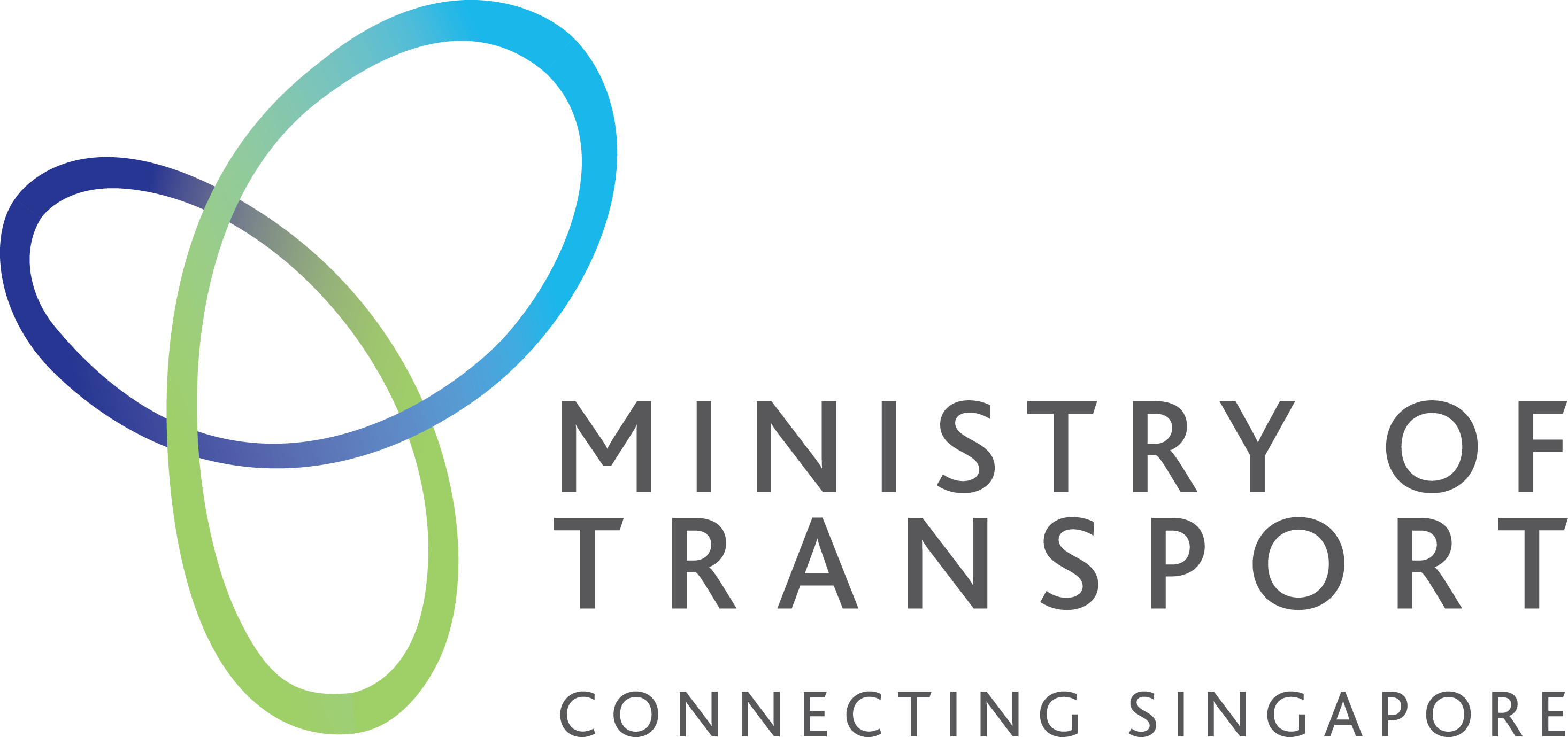How ERP works as a speed booster
ERP
Road network
21 March 2022

The Electronic Road Pricing (ERP) system is the primary method of regulating traffic in Singapore. ERP gantries erected at key positions charge motorists for utilising certain roads at times when these roads are more prone to congestion.
Road pricing was first implemented in the form of the Area Licensing System in 1975, which levied a flat charge on all vehicles entering the Central Business District (CBD). In 1998, this was replaced by the ERP system, which leverages on technology to allow for a more effective and flexible method of congestion charging. The Radio Frequency Identification (RFID) technology used also allows for the automatic collection of a congestion fee from any vehicle passing under a ERP gantry during its operating hours.
Those who travel on ERP roads enjoy smoother journeys and reach their destinations in a shorter time.
ERP rates are determined based on traffic conditions. The optimal traffic speed range is 45 - 65 km/h on expressways and 20 - 30 km/h on arterial roads. If traffic speeds rise above 65 km/h on expressways and 30 km/h on roads, ERP charges at that gantry will be reduced. Conversely, ERP rates will be increased if traffic moves slower than 45 km/h on expressways and 20 km/h on roads.
How would life be like without ERP?
Adapting to the road conditions
However, the Government does exercise flexibility in ERP charging. ERP reviews are conducted regularly, and changes are made to optimise traffic flow according to the latest road conditions.
Aside from ERP, changing road conditions can also bring about improvements in the road network. These road enhancements however, can only bring about limited relief to congestion as wider roads will likely attract more motorists. The Government's priority is still to build roads to serve new developments and facilitate the movement of buses for public transport commuters.
Consistent pricing and improvements
Contrary to popular belief, ERP rates have varied minimally over the years. The highest ERP fee applied was $6, just $1 more than it was in 2007. CBD ERP charges have also remained the same since 2007, although wages and the cost of living have increased since.
All in all, the ERP system is an effective traffic speed booster to keep traffic on our roads flowing smoothly. Data indicate that speeds have generally improved when ERP rates are increased, and vice versa. Without the ERP, traffic will not be as smooth.
Next Generation ERP System
While the current ERP technology has served Singapore well, we need to look ahead and develop an even more effective and responsive system to manage congestion – one that is less costly to build and maintain, more space-efficient and requires a shorter lead time to implement compared to the current gantry-based system.
The next-generation ERP system (ERP2) makes use of advanced technologies to provide more flexibility in managing traffic congestion. It will allow distance-based road pricing, where motorists are charged according to the distance travelled on congested roads. This will be more equitable than the current system, which charges all motorists the same amount as long as they pass a gantry, regardless of the distance they travel on the congested road.
In addition, ERP2 will offer exciting new opportunities for LTA and its industry partners to develop value-added services for the benefit of motorists, such as traffic advisories and parking availability information on the new On-Board Unit that will replace the existing In-Vehicle Unit (IU).
Learn more about our traffic management system.
